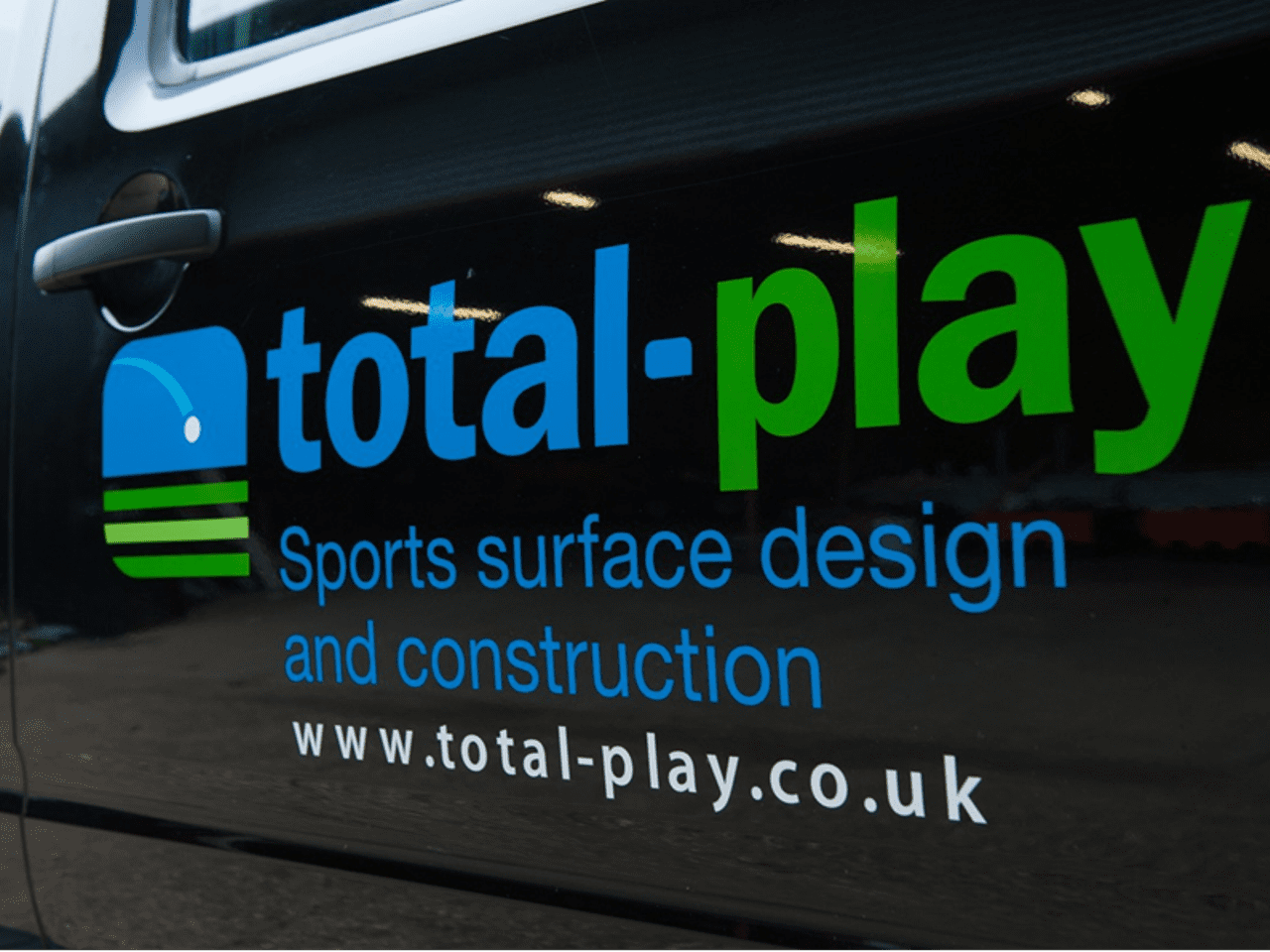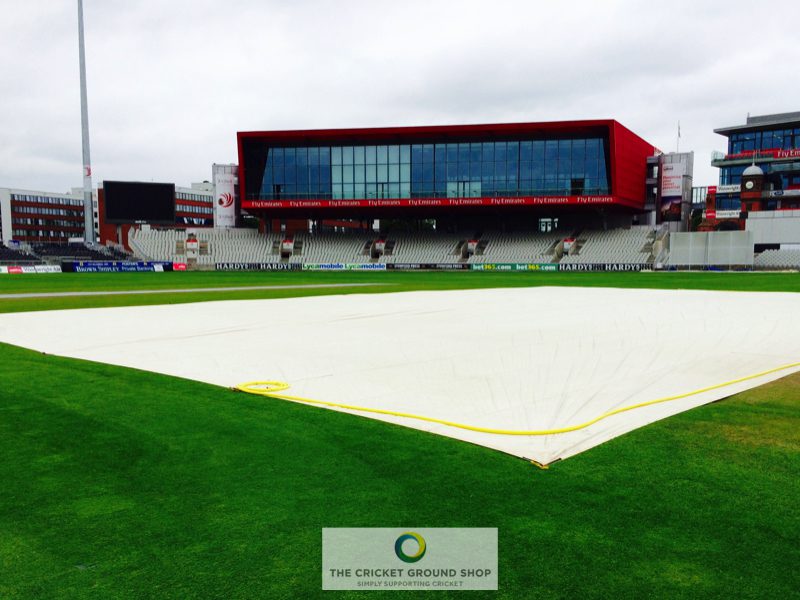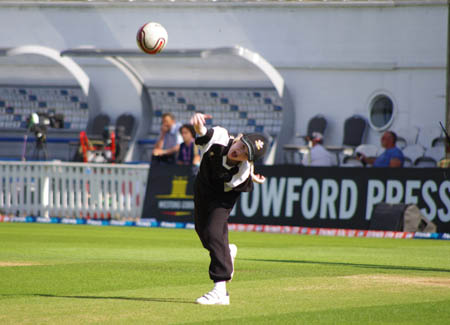
Naturally synthetic cricket pitches
27th April 2017
In March’s Groundsman column for The Cricketer Magazine, total-play MD and ex-Northants groundsman David Bates opens up the discussion on the benefits of natural vs synthetic cricket pitches (NTPs) within the game.
In an ideal world, cricket should always be played on a natural pitch – however, in the real world it’s not that simple.
Nothing is better than playing on a beautifully created natural cricket pitch. It is how the game should be played. A fine turf cricket square has its own inherent inconsistencies because, after all, it is a living, breathing thing that needs care and attention to perform to its optimum level. We know that the surface has a huge effect on the game. With a natural square, over the course of a season the surface itself will usually balance out the fight for dominance between bat and ball.
However, the great pressures of modern life – namely time and money – are having their impact on the game. The rising popularity of the short T20 format is symptomatic of this and, at professional level, its fast, spectator-friendly action requires the bat to outperform the bowler from the outset. This means the natural surface needs to be ready for play from ball one and it needs to add to the spectacle, not prevent it.
Conversely, in Test Match cricket the surface needs to encourage the spinner and seamer but also enable the batsmen to build an innings with the correct technique. The secret to bringing everyone into the game is for the surface to have enough pace & consistent bounce without too much lateral movement. A groundsman needs skill, technical knowledge, hard work (and a bit of luck along the way) to produce a high quality natural pitch.
However, cricket is not just played in the test match arena. It’s played in parks, villages, schools and clubs all over the country – and it’s at the lower tiers of the game where players want to emulate their heroes by blasting the ball out of the park or see the ball flying through to the keeper. This is where I truly believe it’s better to play on good synthetic cricket pitches than on under-invested in natural surface. It’s at this point where the natural vs non-turf pitches debate starts.
There is financial pressure on the game at every level – from councils finding the funds to maintain park pitches, to league clubs whose players demand increased performance but have limited budgets, through to the professional game where groundsman are under pressure maintain or increase performance levels but play more games – especially televised ones – in their arena. In all of these cases, investment into pitches either natural or artificial is vital for the good of the game.
In connection with the ECB, we are currently researching ways to move forward all surfaces – including the critical development of natural, synthetic and augmented pitches. Cricket is now a faster game with more runs, more pace, more excitement. So we need more from our surfaces. The next generation of cricketers won’t know about under-covered pitches or see batsmen struggle to make their mark – research and technology can deliver.
Back to news









